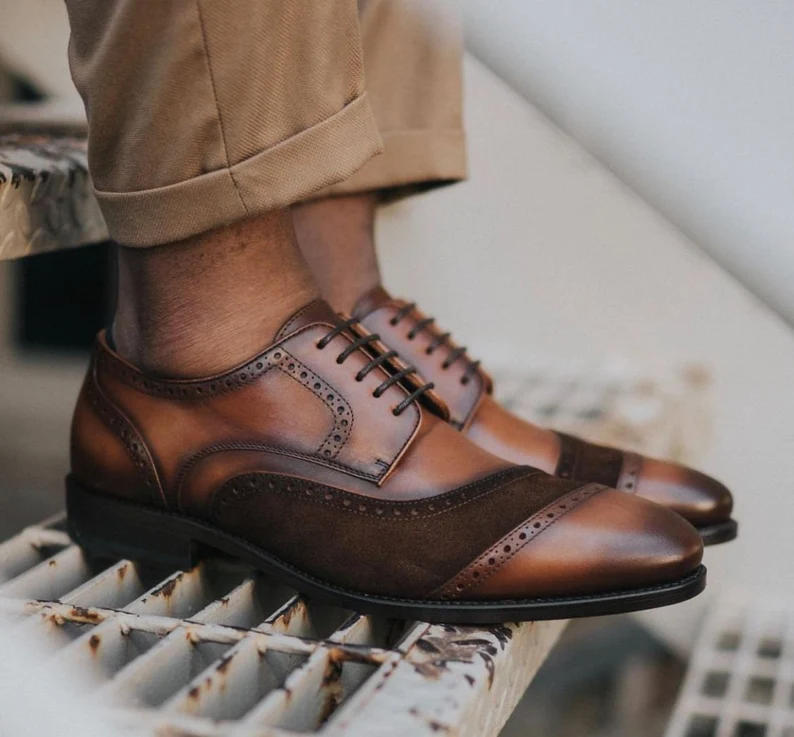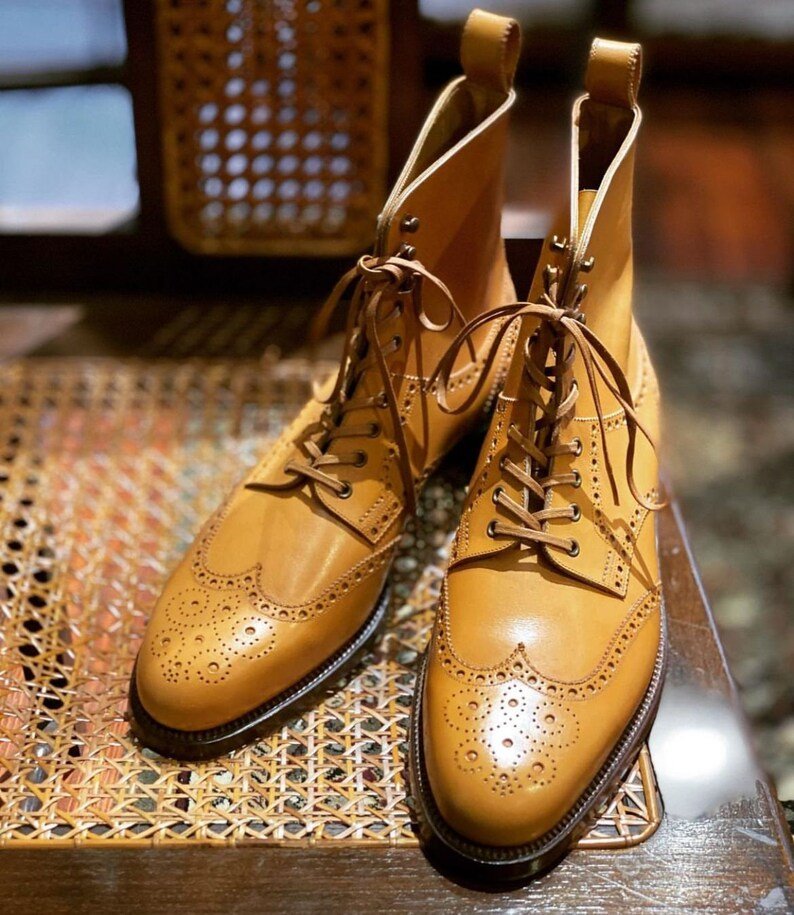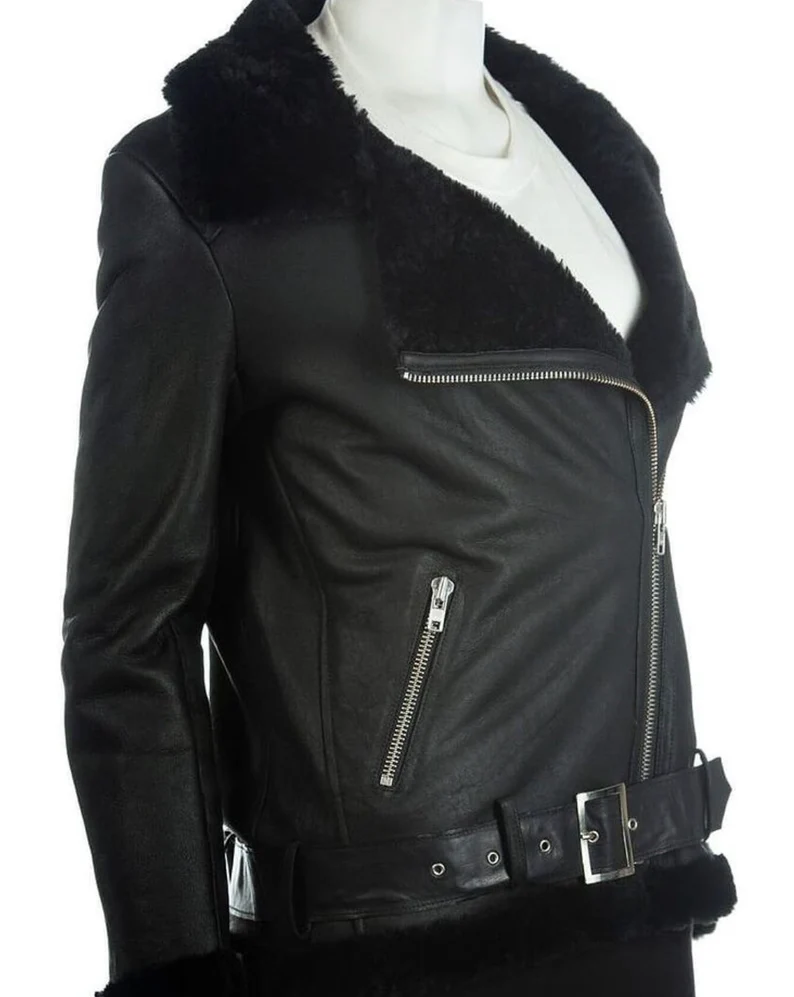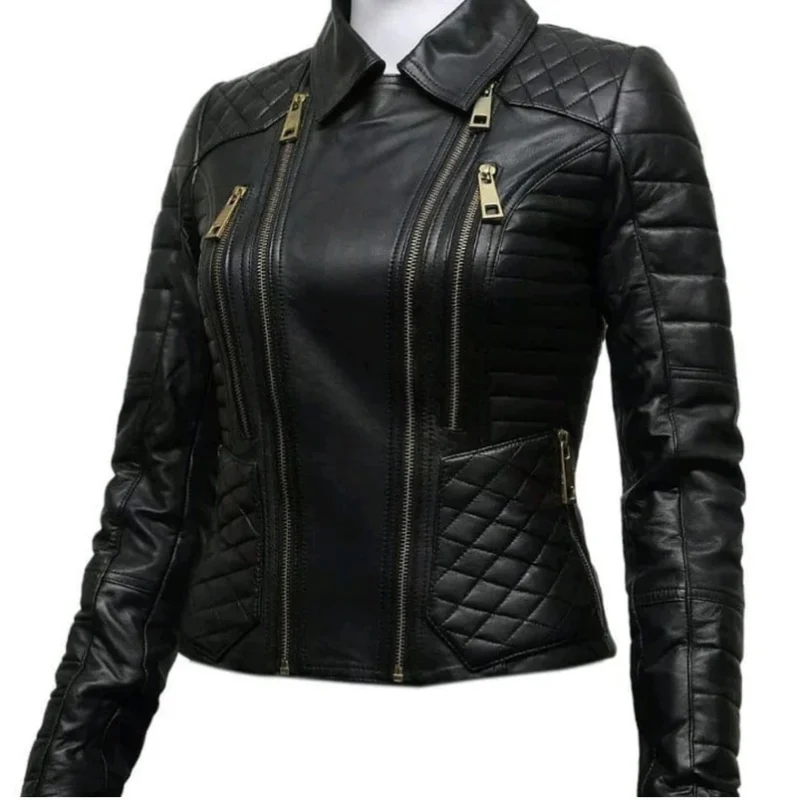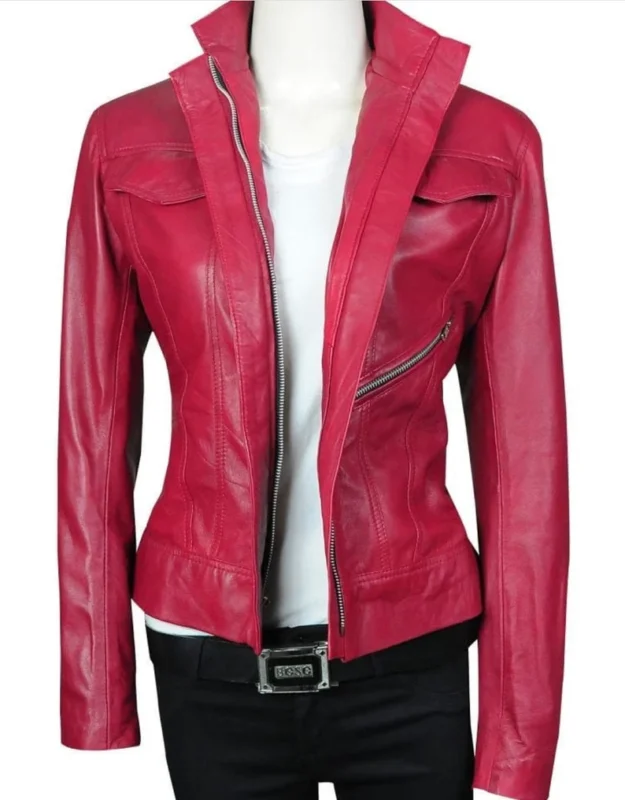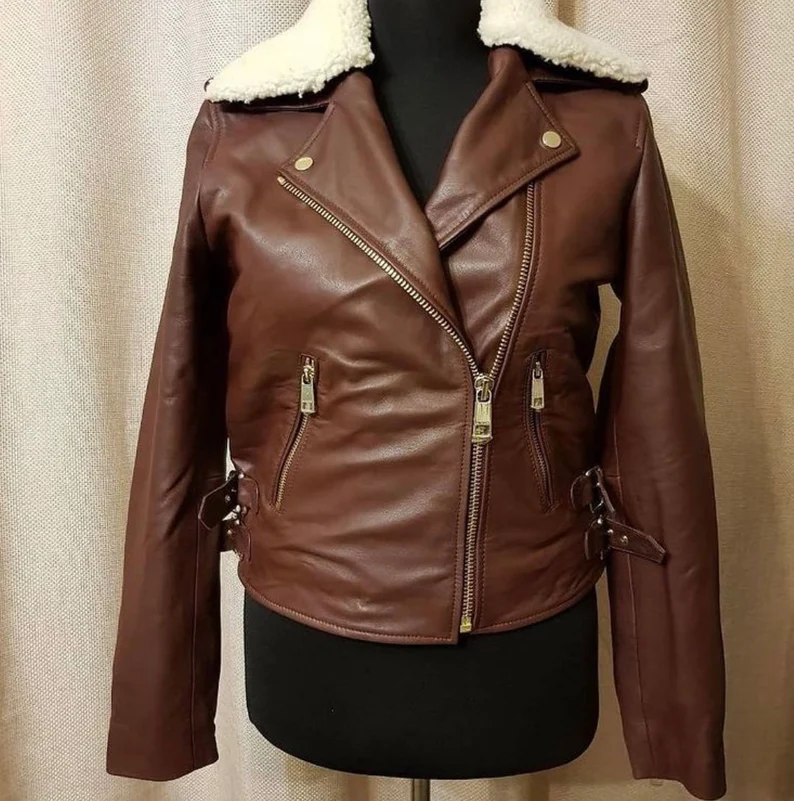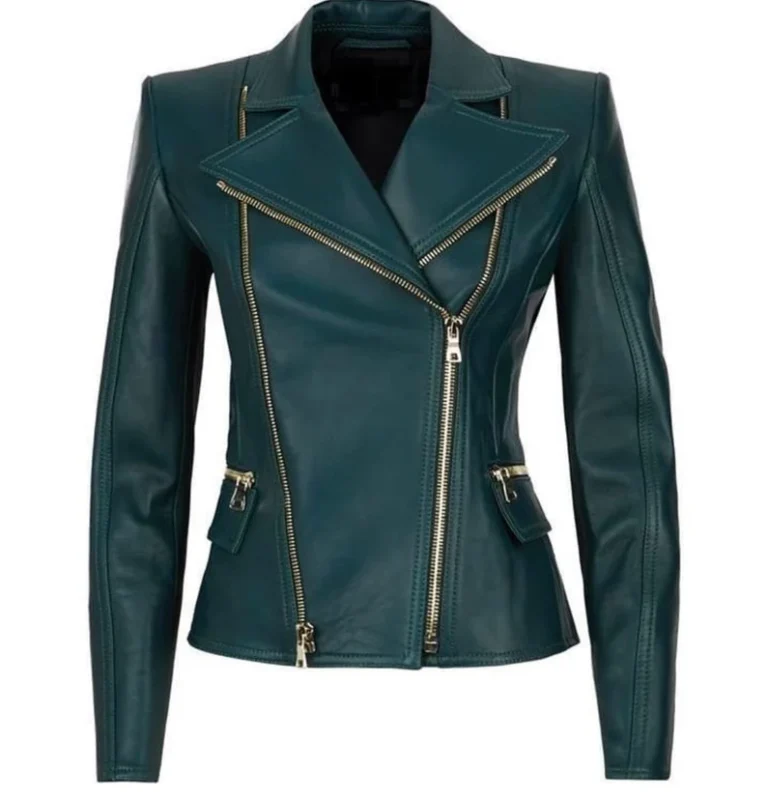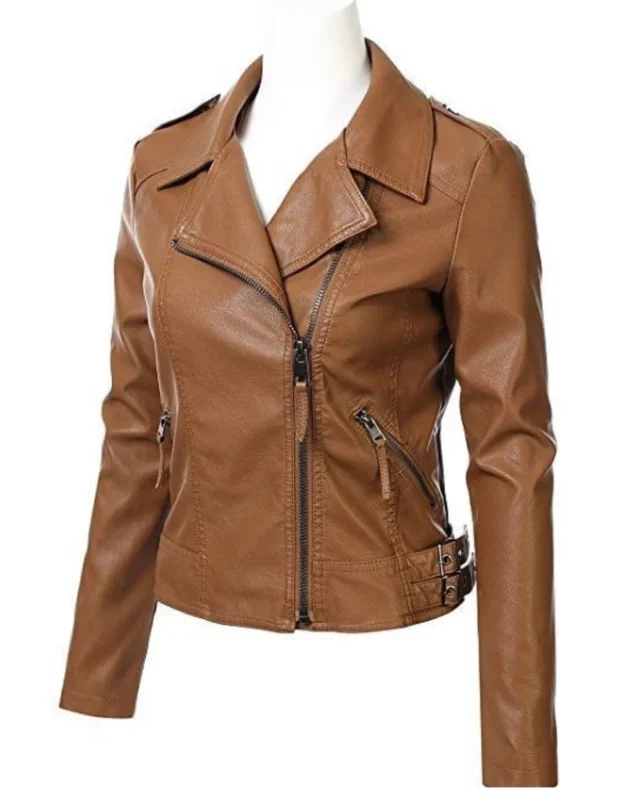The leather shoes can be a common item in many outfits; however, finding the perfect fit can be difficult. If you’ve ever bought the wrong pair of shoes or had a bit of looseness and uncomfortable, you’re aware of the difficulty in getting them to work. It doesn’t matter if you’re facing an insignificant gap in the back or your feet are slipping when walking; the issue is how to make a loose shoe fit better. In this article, we’ll explore several cost-effective strategies to help you achieve the perfect fit, without needing to buy a brand-new pair.
Table of Contents
1. Use a Tongue Pad for a Better Fit
One of the simplest and most efficient ways of making loose shoes fit better is by using tongue pads. These tiny, inexpensive tongue pads are made of substances like silicone or rubber, which are then coated with a peel-and-stick adhesive on one end. The tongue pad on top of the tongue of the shoe gently pulls your foot back towards your heel. It will fill any holes in the back. This method is especially effective when shoes have a bit of space around the heel and ensures that your feet are secure within the shoe, without sliding around.
- The reason it works the tongue pad is an extra layer of material beneath your foot, which ensures that your foot is more snug.
- Where to Purchase: There are tongue pads under $10 on Amazon, typically available in six-packs, which makes these a great budget alternative.
If you’re thinking about how to make a loose shoe fit tighter, this is one of the easiest ways to start.
2. Try Thicker Socks for a Quick Fix
If you’re wearing shoes a little too big, it’s possible to wear thicker socks. It is a fast and easy way to fill in extra space. Although you may typically wear leather shoes and no-show socks, a thicker pair can add more volume to your feet, and also help the shoes fit better. You should look for No-show socks made of materials such as cotton pile or terry cloth, which are usually heavier than standard low-cut socks.
- Tip: When searching for thicker, no-show socks, choose ones that have more towel-like or cotton material to increase bulk, without sacrificing comfort.
- Possible Issues: Beware that socks with more padding can cause your footwear to feel heavier, and can sometimes slide out of your shoes if not fitted properly.
Although this approach isn’t always effective in all situations but it will certainly aid when the fit is just slightly off.
3. Consider Heel Grips or Heel Pads for Extra Support
An alternative is to put on heel grips or heel pads that are cushioned pads made to stick to the heel area in your footwear. These pads provide extra volume and cushioning to prevent your foot from sliding off the heel area of your shoe. But, heel grips can be somewhat unpredictable particularly if the glue isn’t strong enough, or the material isn’t able to conform to the shoe.
- The heel grips typically do not stick well to soft materials such as leather or canvas shoes that have flexible backs. They also may not have enough volume to fill in the gap in the heel.
- The best choice for shoes with a slight heel slippage.
Although heel grips may work in certain instances, it’s better to make use of them only as a last resort after experimenting with the tongue pad and thicker socks.
Should You Buy Leather Shoes a Size Smaller?
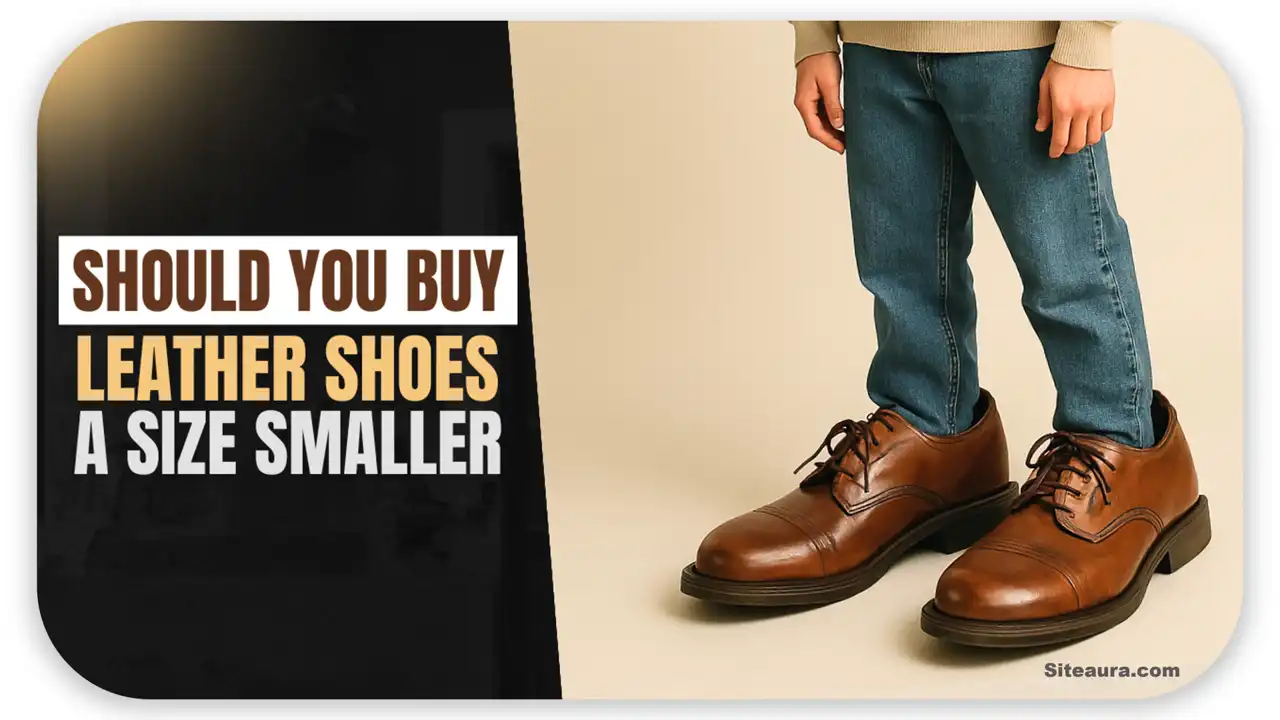
If you’re pondering “should I buy leather shoes a smaller size than I am, the answer is contingent on the kind of shoe and the size you’re after. The leather shoes may be stretched over time, but it’s usually better to go for one that is comfortable from the beginning. If you have a pair that’s a little loose, use the techniques mentioned above before deciding to size down. The process of shrinking by a large size could cause discomfort, especially if your shoe has stretched in the course of.
Conclusion: How to Make Loose Shoes Fit Tighter
Suppose you’re having trouble figuring out what you can do to ensure that your loose footwear fits more comfortably. In that case, there are a variety of cost-effective, budget-friendly options to aid in improving the fitting. Begin with the use of the tongue pads to get the best results, followed by more padded shoes along with the heel grips when needed.
If your shoes still sway about despite all your efforts, you might need to think about going down in size or buying a new style that is more comfortable. A good-fitting pair of shoes is vital to your comfort and appearance. It’s worth taking time to find the right fit without losing the shoes you love.
These tips work great for loose boots, dress shoes, or sneakers—no damage, no fuss.
Browse our Men’s collection for properly fitted styles and follow us on Facebook, Instagram, and Twitter for more shoe care tips!


